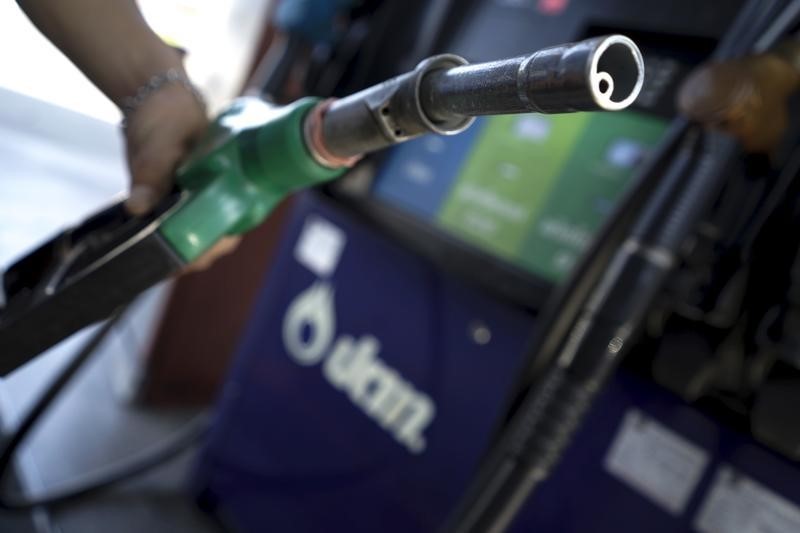Investing.com — Oil prices settled lower Wednesday, weighed down by a stronger dollar and a larger-than-expected increase in weekly inventories that renewed concerns about the demand outlook.
By 14:30 ET (19:30 GMT), U.S. crude futures settled $1.60, or 2% lower at $76.66 a barrel, while the contract dropped 1.5% to $80.89 a barrel.
U.S. weekly crude stockpiles increase by more than expected
The U.S. reported that inventories of U.S. crude rose by about 3.6m barrels in the week ended Nov. 10, well above expectations of about only 1.8m barrels. .
The larger than expected increase soured eased from of the recent optimism about the demand outlook for crude following positive outlooks on demand from both the and the . Both agencies estimates that U.S. and Chinese oil demand will remain strong in the coming year.
“The IEA revised up its 2023 oil demand growth forecast by around 100Mbbls/d to 2.4MMbbls/d,” said analysts at ING, in a note. “This increase was a result of Chinese demand hitting record levels, while US demand has also been stronger than the agency was expecting.”
The arise in dollar also added pressure on oil prices as the greenback rebounded from a slide a day earlier despite data on Wednesday showing U.S. slowed more than expected in October, adding to optimism inflation will continue to slow.
Crude is denominated in dollars, and thus a rise in the value of the greenback makes the commodity expensive for foreign buyers.
Global growth worries remain
China’s economic activity perked up in October as increased at a faster pace and growth beat expectations, an encouraging sign for the world’s second-largest economy.
However, there remain concerns over sluggish global demand, particularly in Europe.
Data released Wednesday showed that eurozone fell by 1.1% month-on-month in September for a 6.9% year-on-year decline, the steepest drop since June 2020, at the height of the COVID-19 pandemic.
The European Commission on Wednesday cut its growth forecast for the eurozone in 2023 to 0.6% from the 0.8% expected in September, citing high inflation, rising interest rates and weak external demand.
(Peter Nurse, Ambar Warrick contributed to this report.)
Read the full article here



